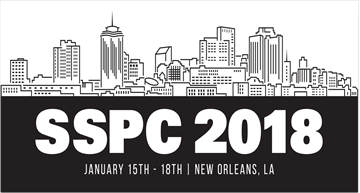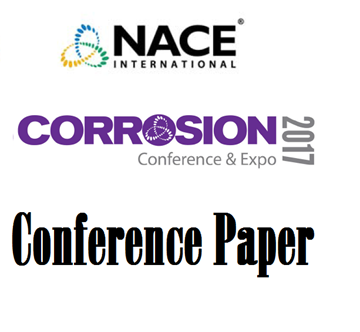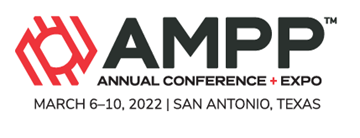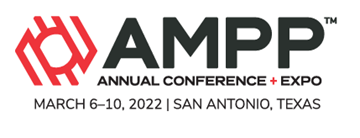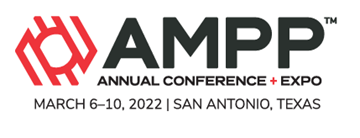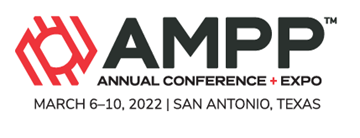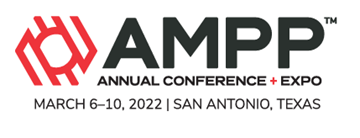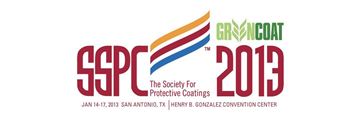Search
Corrosion Monitoring and Control
View as
Sort by
Display
per page
The Greatest Challenge in Corrosion Prevention and Control is Apathy
Product Number:
41216-971-SG
Publication Date:
2016
$20.00
THE IMPACT OF COATING SYSTEMS ON THE TECHNOLOGY REQUIRED TO SUSTAIN US AIR FORCE SYSTEMS DoD
Product Number:
51218-151-SG
Publication Date:
2018
$20.00
The Impact of Ultra-Low Temperature Sandstone Reservoirs on Scale Inhibitor Retention
Product Number:
51317--9107-SG
ISBN:
9107 2017 CP
Publication Date:
2017
$20.00
The Influence Of Applied Extension Rate And Specimen Geometry On Assessment Of SSC Resistance By Novel NTSSRT Method
Product Number:
51322-17624-SG
Publication Date:
2022
$20.00
The Influence Of Oxygen On Protective Iron Carbonate Scales Formed On Carbon Steel In CO2 Environments At Near-Neutral Ph
Product Number:
51322-17899-SG
Publication Date:
2022
$20.00
The NEPCOAT Story- Bridge Paint Selection In The North East
Product Number:
51322-17834-SG
Publication Date:
2022
$20.00
The Performance Of HPHT Corrosion Inhibitor At Offshore Downhole Sour Conditions
Product Number:
51322-17752-SG
Publication Date:
2022
$20.00
The Performance of Waterborne Acrylic Coatings in an Accelerated Testing Protocol
Product Number:
41206-226-SG
Publication Date:
2006
$20.00
The Susceptibility Of Spheroidal Graphite Cast Iron To Hydrogen Induced Stress Cracking
Product Number:
51322-17796-SG
Publication Date:
2022
$20.00
The United States Marine Corps (USMC) Corrosion Prevention and Control (CPAC) Program
Product Number:
41213-780-SG
Publication Date:
2013
$20.00
The Use of Caoting Thickness Gauges for the Measurement of AntiCorrosion Coatings on Structural Steel
Product Number:
41206-242-SG
Publication Date:
2006
$20.00


